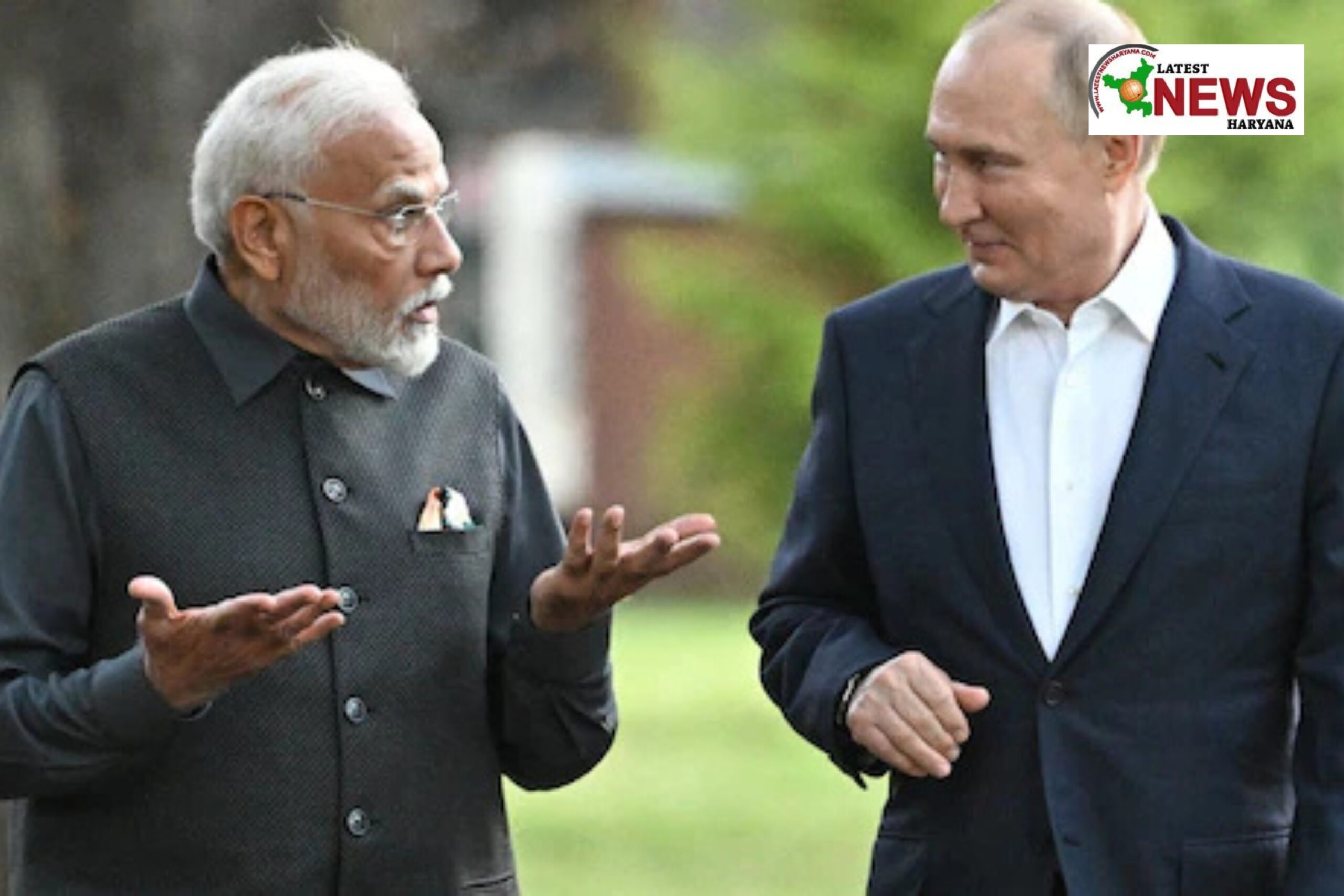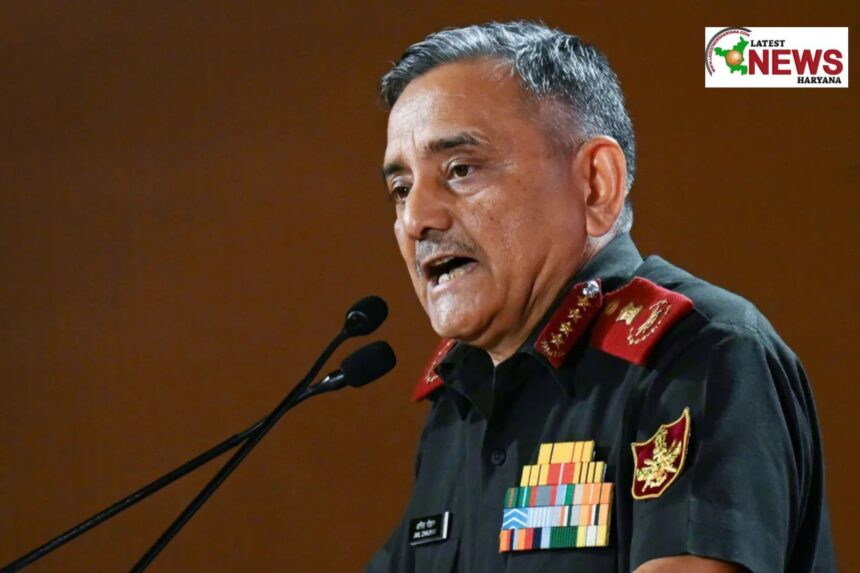The recent India Pakistan fighter jets conflict during Operation Sindoor in May 2025 has gained major attention. This short but intense clash led to the loss of Indian fighter jets and raised questions about air strategy, defense preparedness, and modern warfare tactics. Let’s break down the key facts in simple terms.
Fighter Jets Lost During Operation Sindoor
India has officially confirmed that it lost fighter jets during the India Pakistan conflict. Chief of Defence Staff (CDS) General Anil Chauhan admitted that some jets were lost on May 7, 2025. However, he did not confirm Pakistan’s claim that four Rafales were shot down. He stated that the number of jets is not the most important thing; instead, India learned from the early tactical mistakes and improved quickly.
Pakistan’s Claim and India’s Response
Pakistan claimed it had downed six Indian fighter jets, including Rafales. However, India strongly rejected these claims. General Chauhan called this claim “absolutely incorrect” and clarified that while India did lose jets, the actual count was far less. This statement helped control rumors and misinformation.
India emphasized that after the initial losses, it corrected its tactical errors and carried out successful strikes inside Pakistani territory. These updates show that India recovered quickly from the surprise and launched powerful counterattacks.
Political Reactions on Fighter Jet Losses
The news of lost Indian fighter aircraft created a political stir in India. Opposition leaders accused the central government of hiding facts from the public. A Telangana minister cited General Chauhan’s interview with Bloomberg, urging the government to be transparent and stop denying the jet losses.
The public wants to know the real story of the India Pakistan fighter jet clash. Political leaders and military experts are calling for full disclosure and better defense planning in the future.
Expert Opinion on India’s Air Strategy
Experts have said that the Indian Air Force may not have received full clearance before launching its first wave of operations. This might have contributed to the loss of aircraft in the early stages. Reports suggest that better coordination and timely clearance could have avoided the losses.
Military experts are now focusing on India’s preparedness and response time in such fast-moving air conflicts. The use of high-end jets like Rafales and Sukhoi-30s needs to be backed by accurate intelligence and strong air command decisions.
Modern Warfare: A Changing Battlefield
General Anil Chauhan explained at the Shangri-La Dialogue in Singapore that modern warfare is no longer linear. He described today’s battles as networked, deceptive, and tech-driven. He also highlighted that India relied on its own capabilities, while Pakistan took help from China during the clash.
This means that future wars will not just be about weapons, but about technology, speed, and accurate strategy.












